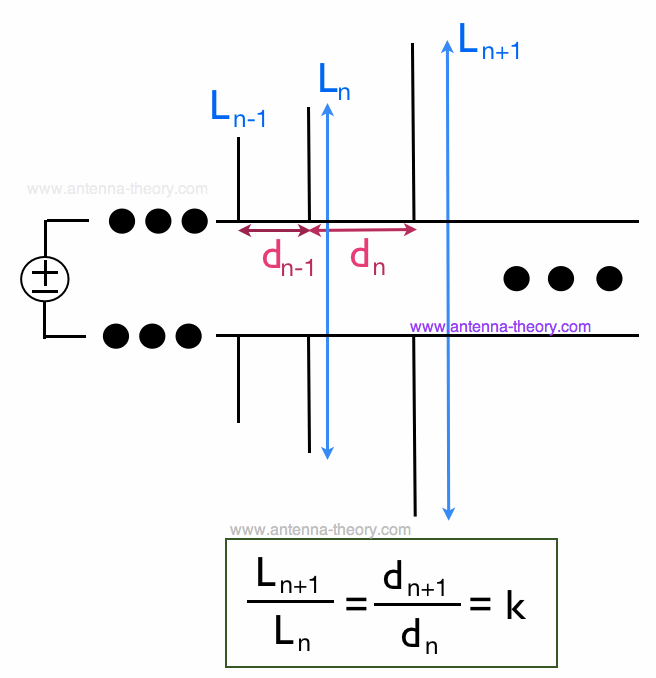log periodic antenna uses which range of frequencies
LPDA Designer a few parameters for frequency range power handling directivity impedance etc and out pops boom and element lengths diameters and spacings - and probably radiation gain profiles for elevation and azimuth. This antenna design has a wideband response making it a good choice for testing a wide range of frequencies without having to switch antennas.
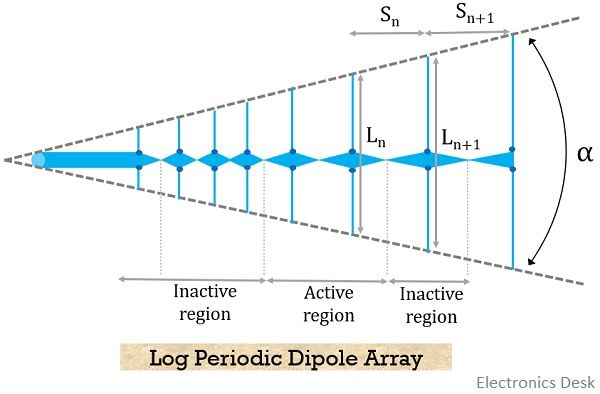
What Is Log Periodic Antenna Working Characteristics Advantages Disadvantages And Applications Of Log Periodic Antenna Electronics Desk
It is a multi-element directional narrow beam antenna that works on a wide range of frequencies.
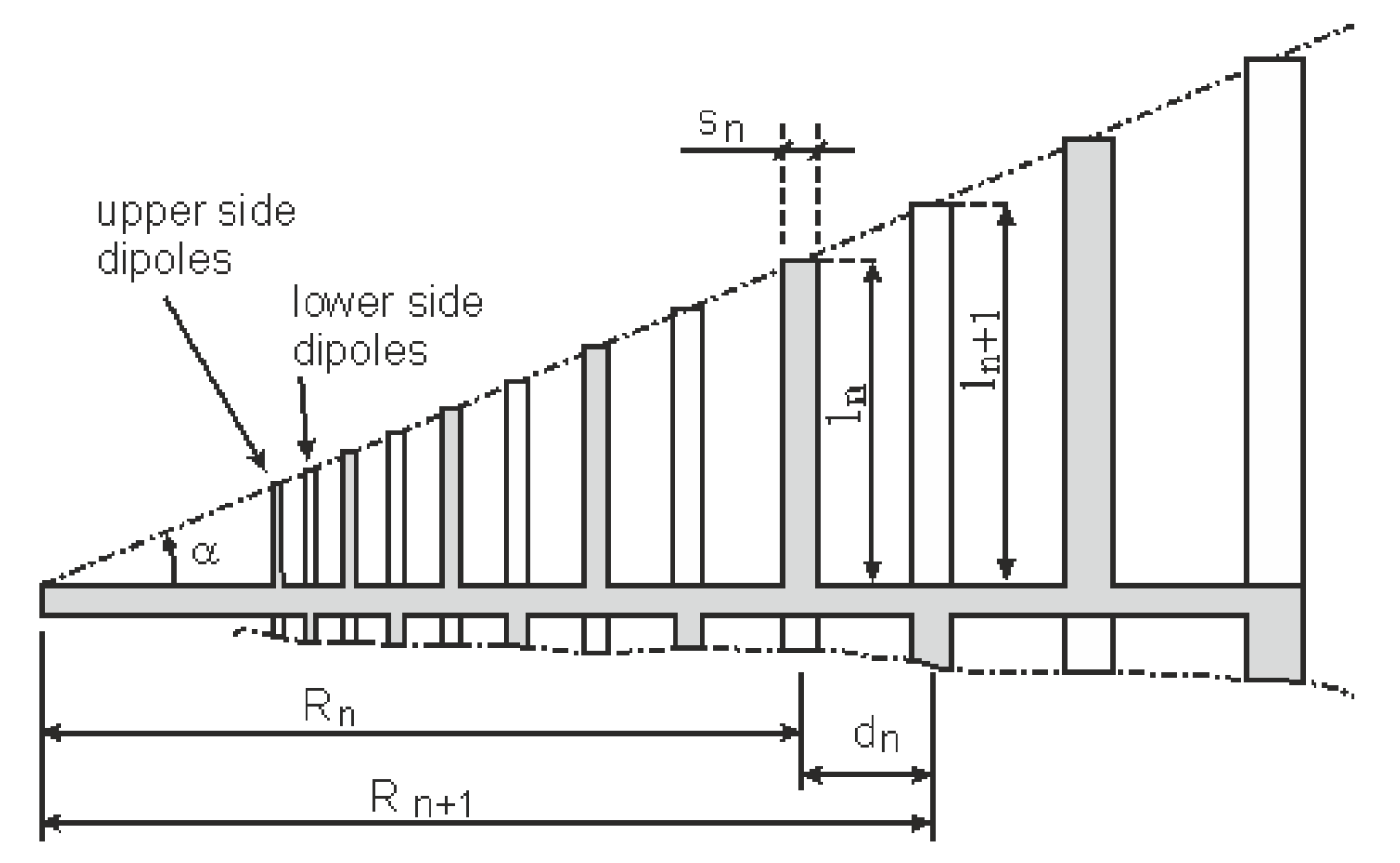
. In telecommunication the frequency spectrum is rare commodity and each band is assigned for a specific application. Frequency independent antennas as a particular class of wideband antennas were first studied by Rumsey 1. The successive dipoles are connected.
Model tests of the feed indicate that the primary beamwidths and side lobes are good over the band with the sidelobes being down by 25 db or better. The actual data transmission of a log periodic antenna is reliant on its frequency range. Log-periodic antennas are intended for the particular reason for having a wide data transmission.
Frequency Independent Antenna. They operate using a logarithmic function. The frequency range in which the log-periodic antennas operate is around 30 MHz to 3GHz which belong to the VHF and UHF bands.
Just punch in your computer program eg. Like the Yagi antenna it exhibits forward gain and has a high front to back ratio but the LPDA is able to operate over a much wider bandwidth and will have a lower gain for an equivalent number of elements. Log Periodic Antenna Introduction Construction Working Radiation Pattern Characteristics Advantages Disadvantages Applications.
His simple but significant theory has become the foundation for studying many wideband antennas such as log-periodic dipole antenna LPDA. Log-periodic antennas and fractals. The impedance and radiation pattern are the factors that are logarithm function of the frequency.
It can be used for immunity and other compliance testing with repeatable results. Log Periodic Dipole Array. Log-periodic antennas are arrays invented in 1952 and commonly seen as TV antennas.
What is the difference between Yagi and log periodic antenna. Construction Working of Log-periodic Antenna. This antenna design is used where a wide range of frequencies is needed while still having moderate gain and directionality4.
Antenna components are proportional in size to each other and to the wavelength. The log periodic dipole array LPDA is generally able to operate over a frequency range of around 21 and provide forward gain over a dipole. Log Periodic Antenna This is one of the most popular and powerful antennas.
We did not actually build it but we did simulate its operation on a. They have a number of half-wave dipole parts spaced at constant intervals. Isbell of the University of Illinois.
This was long before Mandelbrot coined the word fractal in 1975. Directivity is the ratio of maximum radiation intensity in the forward direction to the average radiation intensity from the array. A log-periodic antenna is used in a wide range of applications where variable bandwidth is required along with antenna gain and.
May be defined as the antenna for which the impedance and pattern and hence the directivity remain constant as a function of the frequency. Frequency range The frequency range in which the log-periodic antennas operate is around 30 MHz to 3GHz which belong to the VHF and UHF bands. Some authors for instance Cohen consider log-periodic antennas to be an early form of fractal antenna due to their infinite self similarity at all scales.
Designing a log periodic antenna is a piece of cake. The LPDA we will discuss in this article covers a frequency range of 200 to 1000 MHz. Being log-periodic the antennas main characteristics radiation pattern gain driving point impedance are almost constant over its entire frequency range with the match to a 300 Ω feed line achieving a standing wave ratio of better than 21 over that range.
Our work focuses on. For frequency range of 400MHz up to 3GHz IMC uses rods as radiating elements for frequency range of 1GHz up to 18GHz IMC uses printed circuit. The feed covers a frequency range from 80 to 2050 me.
It features equalized E and H plane beamwidths and its unique feed design provides improved high frequency response and greater power handling capabilities. The range of operation offered by this antenna lies between 30 MHz to 3 GHz. This antenna can cover a wide range of frequencies.
Our entire Log Periodic antennas are designed to meet environmental conditions specified by the customer. The log-periodic antenna is used for linearly polarized electromagnetic interference EMI measurements over a frequency range of 200 MHz to 1 GHz. Though sometimes used as television antennas log periodic antennas are most often used by amateur radio operators desiring to operate over a broad spectrum of frequencies.
Is the subject of interest in this thesis means wideband antennas need be designed and used. Log periodic designs vary but the one most commonly used for EMC work is the Log Periodic Dipole Array LPDA of Figure 1 invented by DE. These types of antennas have also been at the center of study for experimental transmission and reception of electrical power.
Well-designed LPDA can yield a 13-to-l SWR over a 18-to-1 frequency range with a typical directivity of 95 dB. This antenna is made of a series of dipoles placed along the antenna axis at different space intervals of time followed by a logarithmic function of frequency. IMC has developed various types of Log Periodic antennas and Feeds covering a wide frequency range.
V-Log Periodic Antenna offers a wide frequency range of 80 MHz to 1 GHz with enhanced gain over standard log periodic dipole array antennas. DIY LPDA Calc or smartphone app eg. The back to front ratio of the feed is greater than 25 db.
The hybrid or biological antenna design is a mix of a log periodic and a bow tie type design as a reflector. These dipoles are active and have an alternating polarity. Assuming no resistive losses in the antenna system 95 dB directivity equates to 95 dB gain over an.
Concepts and Theory of the Log Periodic Antenna The lengths and spacing of the elements of a log-periodic antenna increase logarithmically from one end to the other. However they have a finite. Therefore Logarithmic Periodic dipole Antenna LPDA was constructed for monitoring Sun in the range of 45 870 MHz to precisely match the environmental requirements.
A Log-periodic antenna is that whose impedance is a logarithamically periodic function of frequency. The construction and operation of a log-periodic antenna is similar to that of. This means in this antenna.

Ei7gl A Diary Of Amateur Radio Activity Commercial Log Periodic Antenna For 30 To 70 Mhz

Log Periodic Antenna Engineering Projects

Schematic Diagram Of Log Periodic Dipole Antenna Download Scientific Diagram

Electronics Free Full Text Enlarged Frequency Bandwidth Of Truncated Log Periodic Dipole Array Antenna Html

Comparison Of Evolutionary Algorithms For Lpda Antenna Optimization Lazaridis 2016 Radio Science Wiley Online Library

Designing Log Periodic Antennas Pdf Free Download

S Parameter Db Plots Of Log Periodic Antenna Dotted Line And Log Download Scientific Diagram

Advantages Of Log Periodic Antenna Disadvantages Of Log Periodic Antenna
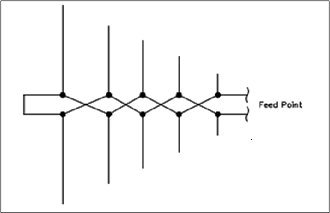
Antenna Theory Log Periodic Antenna

Log Periodic Dipole Antenna Geometry Download Scientific Diagram
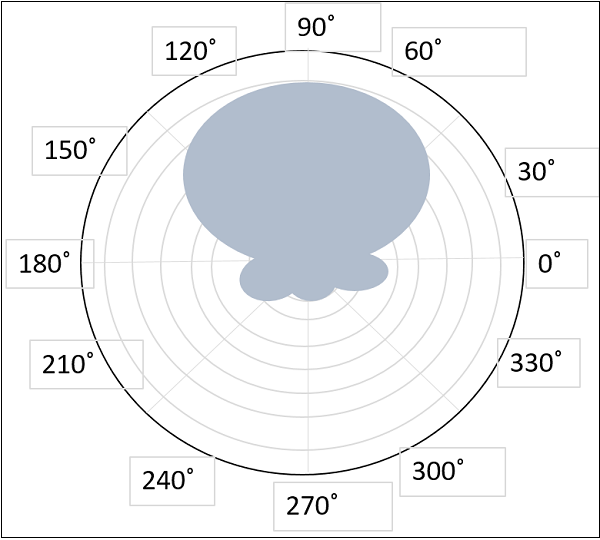
Antenna Theory Log Periodic Antenna

Log Periodic Dipole Array Response A S And B Far Zone Electric Download Scientific Diagram
W8io Antenna Site Lpcad Log Periodic Antenna Design
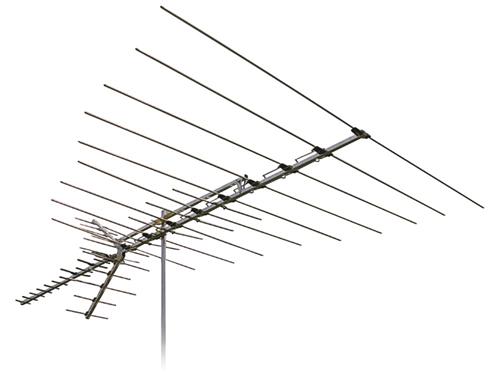
The Antenna Terms You Need To Know Log Periodic The Solid Signal Blog


